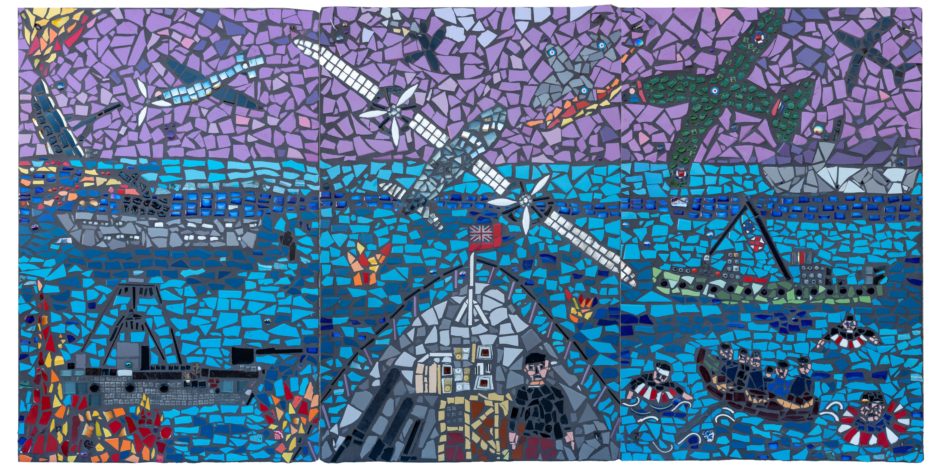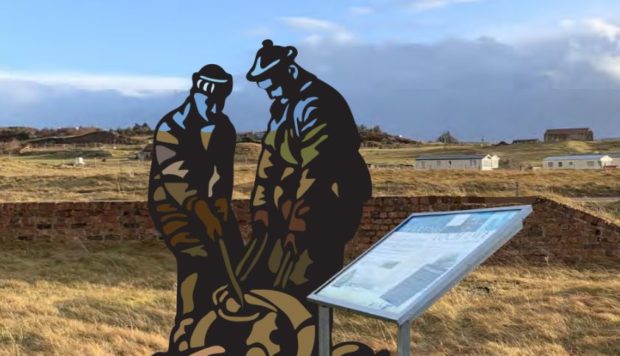A project to commemorate important military and naval history around a Highland loch is moving into the final planning stages.
Loch Ewe was the base for more than half of the Arctic convoys going to the northern reaches of the Soviety Union with supplies during World War II.
It became a strategic gathering place for the Allies’ merchant fleets, as well as home to other defence and training facilities.
Various remains are still visible, including gun emplacements, piers, concrete bases for signal stations, store buildings, offices, dormitories, an anti-submarine boom defence system and even a cinema hall.
Now a series of eight interpretation sites and public art works, including four figures, are planned to commemorate the historic spot.
Heritage consultant Helen Avenell is coordinate the project, known as Blazing a Wartime Trail around Loch Ewe, for the Russian Arctic Convoy Museum (RACM) in Aultbea.
She said: “George Milne, ex-chairman and long time volunteer with RACM realised the need to illuminate the hidden history of Loch Ewe’s wartime story and the crucial role that the Arctic Convoys played in WWII.
“For a long time this history remained hidden, specifically because of the Cold War.
“The landscape around Loch Ewe is littered with wartime remains but for many people, they are an enigma.
“George and the team wanted to share the stories of how the local community and landscape was shaped by the war.
“The project also includes collecting reminiscences of local people, led by volunteer Robbie Mackenzie.”
The project, supported by Highland Council and the National Lottery Heritage Fund, has also included artist-led sessions with all three local primary schools.
Ms Avenell said: “The children had a visit from local RACM volunteers to talk to them about WWII and the story of Loch Ewe’s importance.
“They drew pictures based on their learning which the artists combined into the designs for mosaic panels.
“The children then completed the mosaics in their schools with artists Carola Smith and Sally Purdy over a period of about two months.”
Alongside the landscape panel and mosaic trail, there will be a leaflet and map for visitors to follow.
Ms Avenell said: “It’s a piece of Scotland’s hidden history, a hidden part of the World War II story.
“Local communities have been very enthused by the project, and we hope the panels will also direct NC500 visitors to understand and explore the landscape.”
